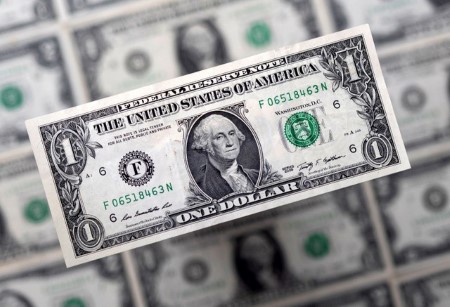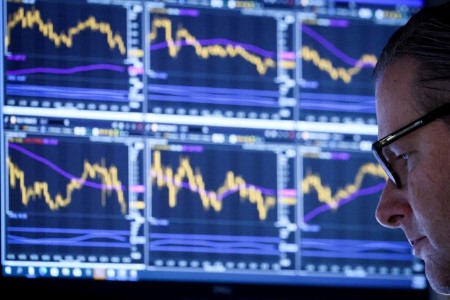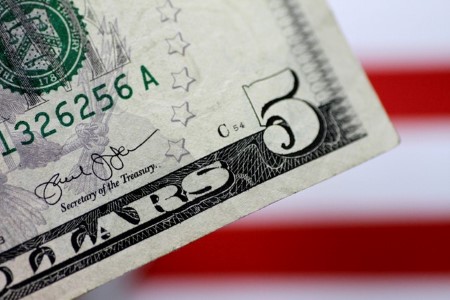NEW YORK – The benchmark 10-year Treasury yield hit the highest since May on Monday while the 30-year yield posted a 14-month high before the Treasury’s auction of longer-dated debt over the next two days.
Demand was soft for the Treasury’s sale of USD 58 billion in three-year notes on Monday, leading to a high yield of 4.332%, more than a basis point above where they traded before the auction. Demand was 2.62 times the amount of debt on offer, the highest since September.
Auctions of USD 39 billion in 10-year notes will follow on Tuesday and USD 22 billion in 30-year bonds on Wednesday.
Yields briefly declined after a news report indicated that planned tariffs under President-elect Donald Trump would be less aggressive than previously feared.
Trump’s aides are exploring tariff plans that would be applied to every country but only cover certain sectors deemed critical to national or economic security, the Washington Post reported on Monday. Trump denied the report on Monday.
Trump is expected to cut taxes and business regulations, which analysts say should boost growth. Other policies including a clampdown on illegal immigration and tariffs are expected to boost inflation, which could weigh on the economy longer-term.
A number of leading economists, including advisers to past US presidents, however, said Trump’s plans may not prove as inflationary as early analysis had suggested.
Traders are unsure on exactly what policies are likely to be introduced and how they will affect US debt.
“There’s a big uncertainty of what happens when the new president is inaugurated and gets the shot at a budget reconciliation bill,” said Will Compernolle, macro strategist at FHN Financial.
“What is that going to do for implications of Treasury issuance? I think no one’s really sure what the net impacts will be, but there’s more upside risk to rates.”
Concerns over the fiscal trajectory are fueling the rise in longer-term yields, with the Treasury expected to continue to increase debt to pay for the budget deficit.
“A lot of that is coming from an impression that the new Treasury Secretary will be funding the Treasury with more focus on longer-dated stuff rather than shorter-dated stuff because Janet Yellen, secretary of the Treasury, has been really focused on bringing more T-bills and more front-end paper,” said Tom di Galoma, head of fixed income trading at Curvature Securities.
Interest rate sensitive two-year note yields were last down 0.9 basis points at 4.27%.
Benchmark 10-year yields rose 1.7 basis points to 4.612%. They earlier reached 4.644%, the highest since May 2.
Thirty-year yields increased 1.7 basis points to 4.8316%. They reached 4.861%, the highest since November 2023.
The Federal Reserve is expected to make fewer interest rate cuts this year as inflation remains above its 2% annual target.
Fed Governor Lisa Cook said on Monday the US central bank can be cautious with any further rate cuts given a solid economy and inflation proving stickier than previously expected.
Economic releases this week will include Friday’s jobs report, which is expected to show 154,000 jobs added in December.
(Reporting by Karen Brettell; Editing by Mark Potter and Richard Chang)







 DOWNLOAD
DOWNLOAD













